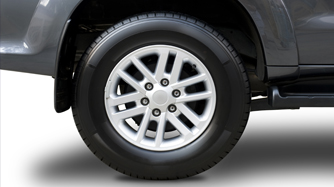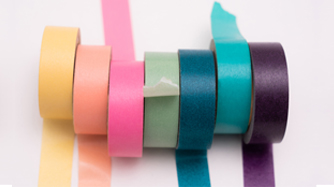LION SPECIALTY CHEMICALS is dedicated to producing cutting-edge industrial chemicals to promote the development of the industrial sector. We are able to address a variety of needs in a wide range of industrial domains thanks to our proprietary technologies, which we have developed via research and development of materials design for various surfactants, polymers, and functional materials based on interface chemistry, synthetic chemistry, and chemical engineering.






